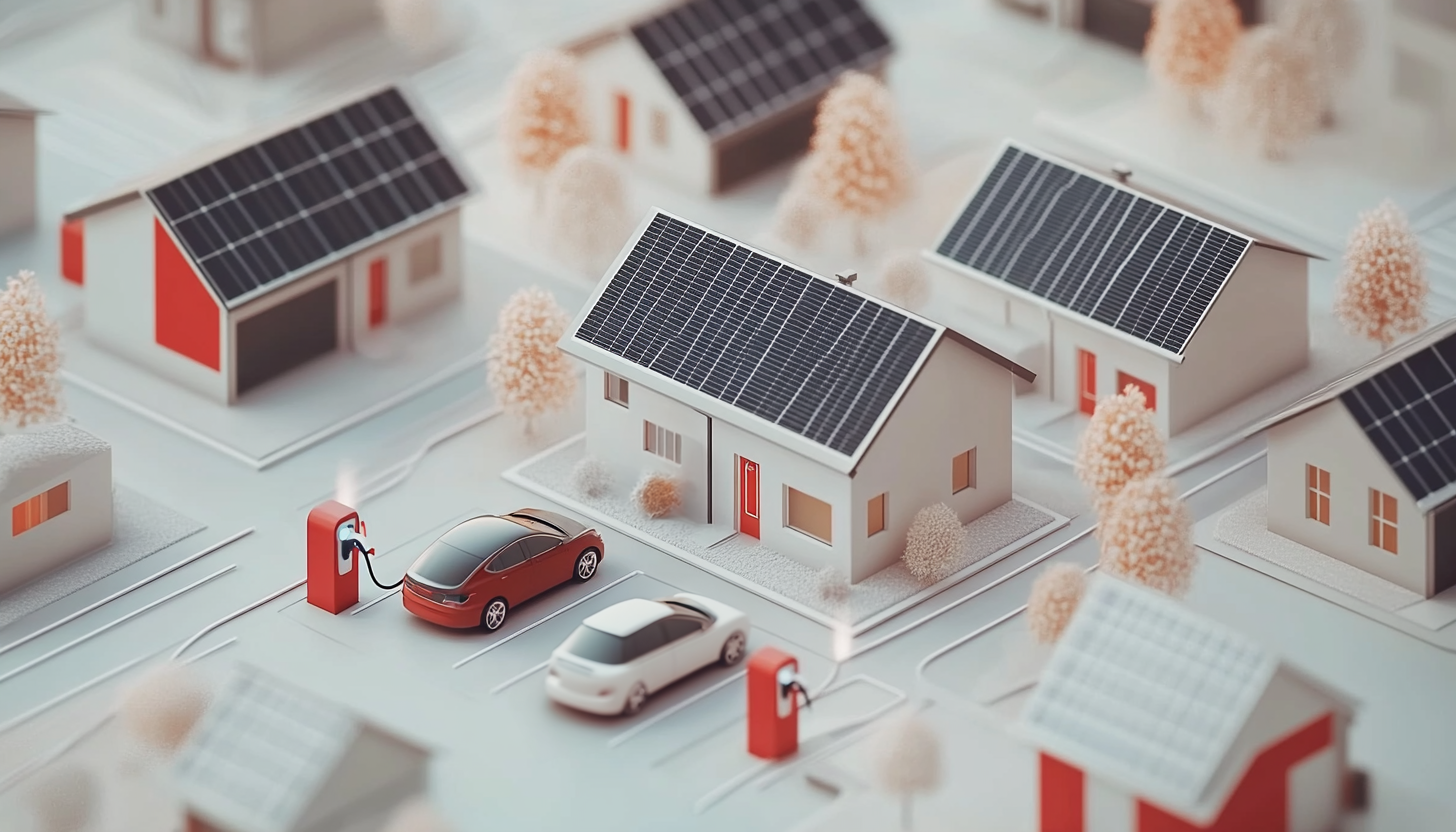
If you are not redirected within 30 seconds, please click here to continue.
Samedi: 10h – 16h HAE

If you are not redirected within 30 seconds, please click here to continue.
If you are not redirected within 30 seconds, please click here to continue.
- There are three categories of zero-emission vehicles Canadians can buy.
- Many EVs can travel between 200 km to 400 km on a single charge.
- The cost of an auto policy for an EV versus a gasoline-powered car is competitive.
Earth Day (April 22) is this week, and though you may wish to do your part by driving a greener vehicle, you might worry about whether an electric vehicle (EV) will run out of power before you can recharge it.
That’s one of many concerns among drivers when considering the purchase of an EV because of the potential inconveniences and what it may mean for the cost of car insurance. But take heart: as EV technologies mature and fast-charging infrastructure becomes more widely deployed, the benefits of owning an EV outweigh these concerns.
As with any new vehicle purchase, there are many questions you need to sort through to make sure you’re getting the EV that’s most suitable for your driving habits, budget, and lifestyle.
What types of EVs are available in Canada?
There are three categories of EVs available for Canadian drivers. All are considered zero-emission vehicles (ZEVs):
1. Battery-electric vehicle (BEV). A BEV relies solely on batteries that store electricity to power an engine, which means you’ll need easy access to a charging station to stay on the road. A variation of an EV is a plug-in hybrid electric vehicle (PHEV), which are still battery-powered but complemented by a gasoline engine that provides backup propulsion when the EV batteries fall below a minimum threshold.
2. Hybrid-electric vehicle (HEV). An HEV is powered by electricity and gasoline. It’s a combination of a pure EV and one with an internal combustion engine, but unlike the PHEV, you don’t plug it into the grid. Instead, the EV batteries are recharged through regenerative braking; each time you apply the brakes, you charge up the EV batteries.
3. Fuel cell electric vehicle (FCEV). An FCEV uses a fuel cell containing compressed hydrogen. The reaction from mixing hydrogen with oxygen from the outside air creates electricity to power an electric motor, with only water and heat being the byproducts.
Canada is still behind in the adoption of ZEV vehicles, and as of this month, we’re not on track to meet our ambitious target of having ZEVs comprise 100% of new light-duty vehicles sales by 2040. Encouraging consumers to buy EVs will require specific measures from the federal government. Among the recommendations from the recent parliamentary standing committee on Canadian EV Policy are:
- Establishing a national ZEV standard.
- Dedicated funding to train and retrain automotive industry workers to support EV manufacturing.
- The development of a domestic ZEV component supply chain.
Provincially, incentives to purchase an EV vary. Prince Edward Island (PEI) recently joined a larger Atlantic Canada push to sell more EVs by announcing a new $5,000 rebate that follows a similar incentive announced by Nova Scotia. What’s unique about the PEI rebate is that it will apply to both new and used EVs. In Ontario, Plug ’n Drive offers a $1,000 incentive for used EV purchases in collaboration with the Clean Air Partnership.
All major automakers are revving up with EV models. There are many options with a range of price tags, as well as roadside assistance programs that rival what you already expect for a car with an internal combustion engine.
Don't waste time calling around for auto insurance
Use RATESDOTCA to shop around, and compare multiple quotes at the same time.
How far can you drive in an EV?
A significant barrier to getting more EVs on the road is overcoming range anxiety — drivers worry about being able to “fill up,” so to speak, as quickly as they’ve been able to pump gas into their cars.
This hesitancy pops up regardless of falling prices for EVs and government incentives to spur the adoption of EVs. Higher vehicle prices and public charging station availability are both speed bumps on the road to more widespread use of EVs.
Range anxiety is less of a concern in large urban centres. But many drivers worry about making a long-haul trip because EV charging stations are less common between cities, even though many EVs can travel between 200 km to 400 km on a single charge.
Suppose you were to get stranded because your EV ran out of juice or other problems uniquely related to an EV. In that case, you can get help just as you would if you ran out of gas or experience mechanical issues that are typical of an internal combustion engine. Roadside assistance services such as CAA will tow you to the nearest charger if you run out of juice; CAA Quebec can even bring the charge to you. Major carmakers offer roadside assistance programs, too.
You do need to be careful if you get your BEV towed. In general, automakers recommend that the wheels are not on the ground as this could cause damage because it could generate electricity. So request a flatbed tow truck to haul your BEV if it’s undriveable.
How much is electric car insurance?
Because of the higher prices of EVs relative to traditional vehicles, including all the premium parts that may require replacing, you might assume the cost of an auto policy may be higher, too. That’s not necessarily the case. The price of an auto policy for an EV versus a gasoline-powered car is competitive.
Ultimately, the insurance costs for your EV will be affected by your driving record and other factors such as where you live, your age, how long you’ve been insured and the type of EV. Some insurers offer discounts for EVs and HEVs, and because most EVs employ an anti-braking system, your vehicle may qualify for an additional discount.
Other considerations for EV insurance include additional temporary coverage to help assuage range anxiety. If you find yourself unable to charge your EV on an extended trip and end up driving a conventional fuel-powered loaner vehicle, you’re still covered. You can also extend insurance protection to third-party battery suppliers. One thing your car insurance won’t cover is your home charging station should you get one installed. Talk to your home insurance provider to ensure that equipment is covered.
Ultimately, finding affordable car insurance for your new EV is no different than that last gas-powered vehicle you bought.
Get money-saving tips in your inbox.
Stay on top of personal finance tips from our money experts!










